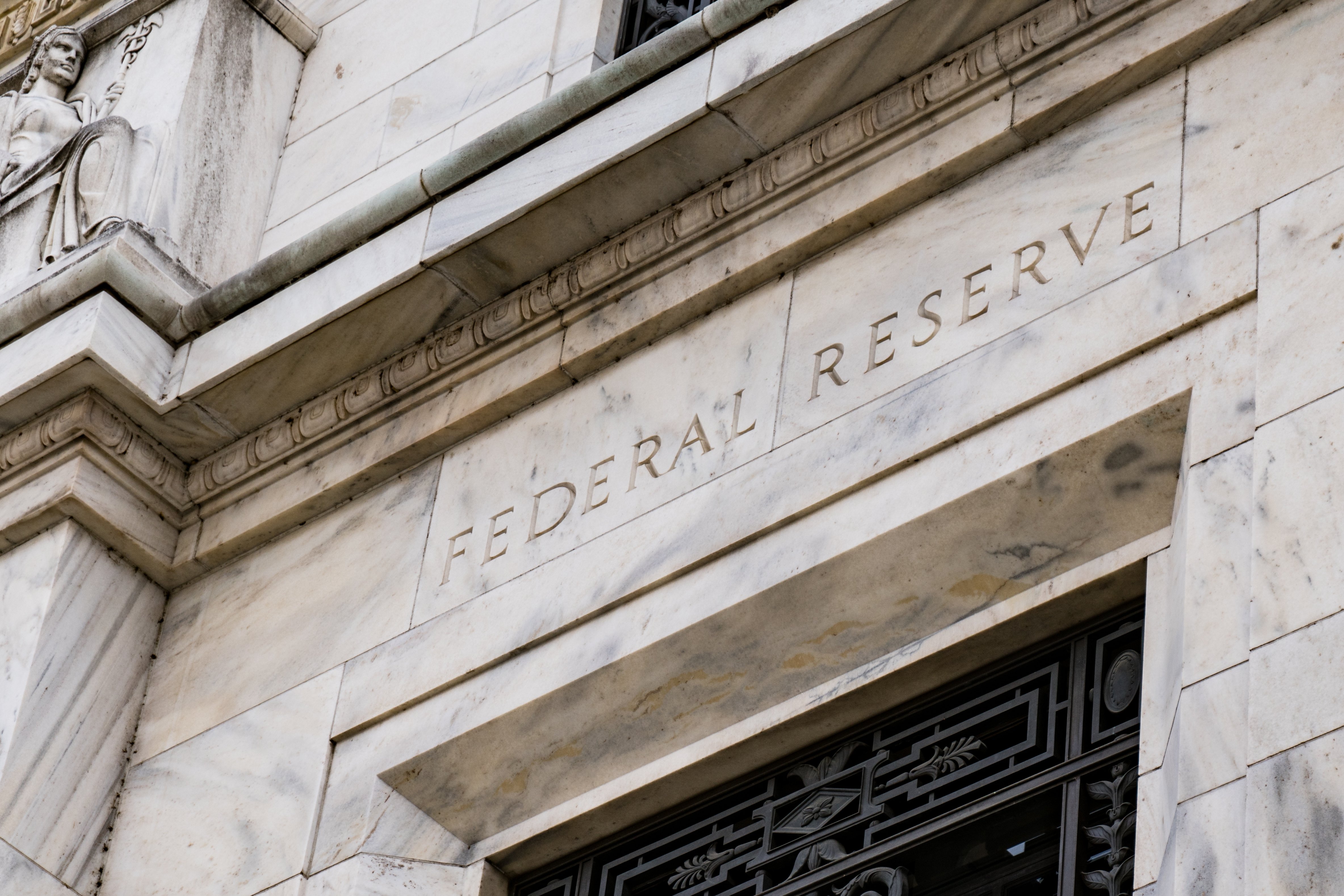A Boxed-In Fed Will Lead to an H2 Recovery in Financial Asset Prices
What a year we’ve had already in the US markets; the 10-year US Treasury Total Return Index is down 8%, and the S&P 500 is down 18%, while the DXY Index is up 7%, and the CRB Index is up 35%. With dollar strength and 75 basis points of Fed Funds rate hikes behind us, emerging market stock indexes have not been immune. The MSCI EM Index is down 16% so far this year and has given up 28% since its peak in February 2021. The big themes driving these moves have been inflation from excessive stimulus during the pandemic, and commodity disruptions from the war in Ukraine and western sanctions on Russia.
Against this backdrop, newly reconfirmed Fed Chairman Jerome Powell is struggling with reestablishing his inflation-fighting bona fides. Over the past year, US CPI has climbed close to 600 bp to 8.54% last month. Even with another 50 bp Fed Funds rate hike expected at the next meeting, Powell and his fellow FOMC members have been slow to react, having raised rates only 75 bp beginning in March. Perhaps more dangerous for financial markets, Powell & Co. have at the same time begun a process of quantitative tightening targeting the reduction of the $3 trillion expansion in the monetary base that has been seen since the beginning of the pandemic. Reducing liquidity at the same time that the cost of money is increasing makes it difficult to keep the market’s animal spirits positive and we have seen just that in market selloffs this year – it will likely get worse before it gets better especially considering that the Bank of England and the ECB are moving to end their own quantitative easing policies in Q3.
Powell himself has proven himself to be more politically sensitive, perhaps, than some of his predecessors. Breaking the back of inflationary expectations requires a proactive approach rather than the reactive lag we have seen. In hindsight, one can make the case that Mr. Powell did not want to rock the boat with the administration in the lead up to his term expiration and reconfirmation in March even while the inflation rate was marching steadily upwards. Now, the only choice is to crunch the economy in order to dampen demand with higher interest rates, and that would seemingly be opposite to the administration’s goal of avoiding recession as we head into the Fall’s mid-term elections. Higher rates, which will have a tipping point for a still buoyant housing market at some point, negative returns on 401-K statements and lower consumer purchasing power are not a good recipe for maintaining any sort of Democrat majority in the US Congress.
There are few policy choices to incentivize growth when the US is already constrained with a high debt to GDP ratio (98%), increasing debt servicing costs from higher interest rates and an aging population heading towards retirement. The only rational goal is to target productivity increases if the US wants to rein in inflation without overly contracting the economy. Based on the policy initiatives in the first two years of the Biden administration, it is hard to see a move towards deregulation and away from a more interventionist and higher taxation mentality, though.
When US stocks are perhaps down another 10%, Fed Funds are up another 50 bp and the economy starts to wobble more substantially, pressure will be brought to bear on Powell to ease off on the monetary tightening over the summer. That might likely first be seen in returning to a form of quantitative easing or at least a pause in quantitative tightening, and financial markets will get a substantial bounce on the back of it. Capital investment to expand capacity will likely be cautious and any investable capital will find its way back to financial markets. We therefore believe the back half of 2022 and leading into 2023 could make an excellent backdrop for returns. After that, it is anybody’s guess when the stimulative fiscal and monetary policies finally lose their steam, but in the meantime, emerging market stocks, having higher growth potential and cheaper valuation metrics than their developed market counterparts and supported by a moderating US dollar, will be particularly attractive and should have outstanding performance.
Charles Cassel is CEO at Consilium Investment Management

